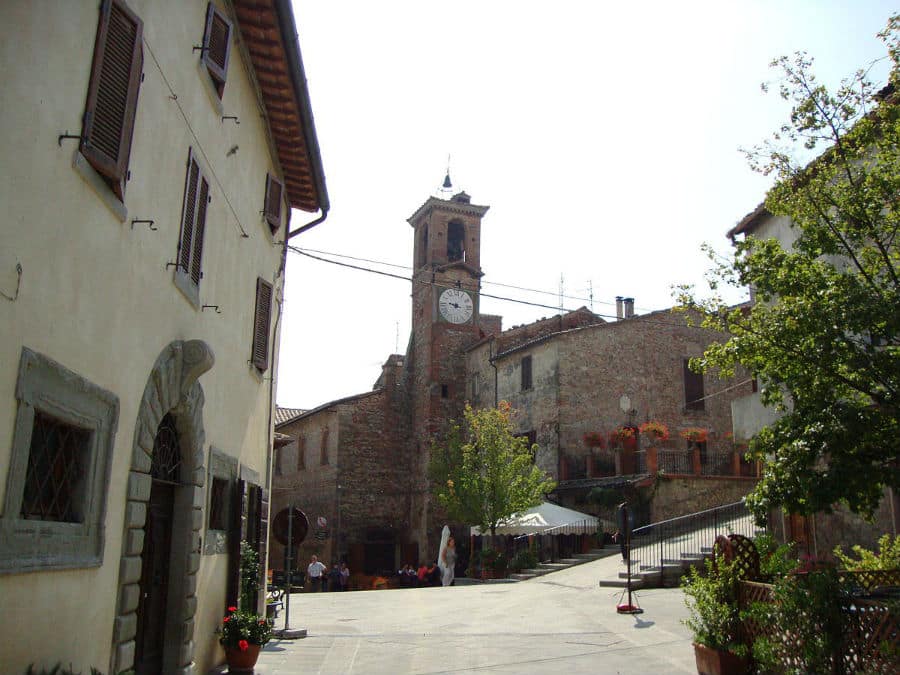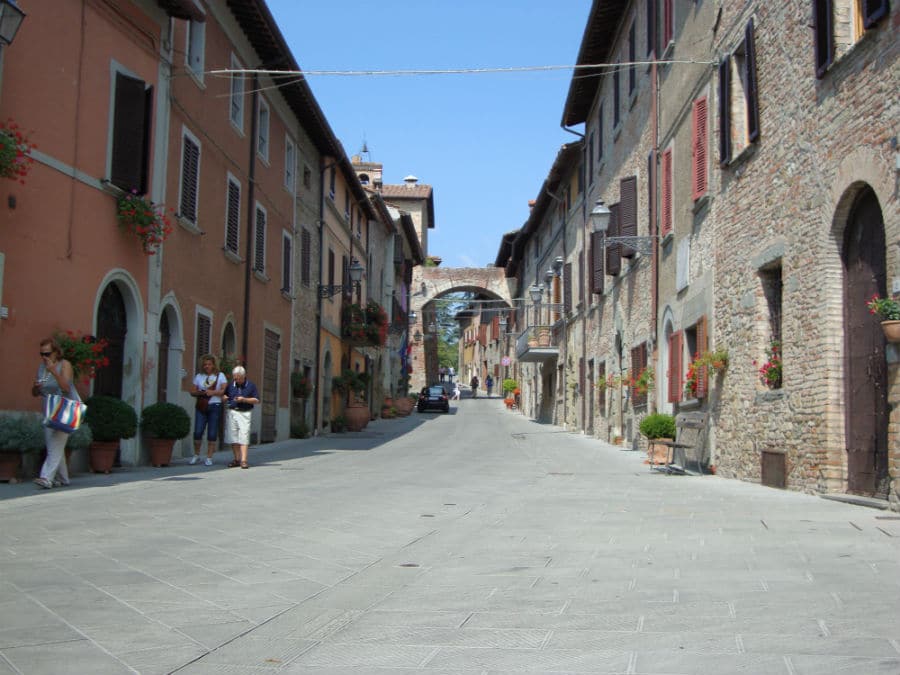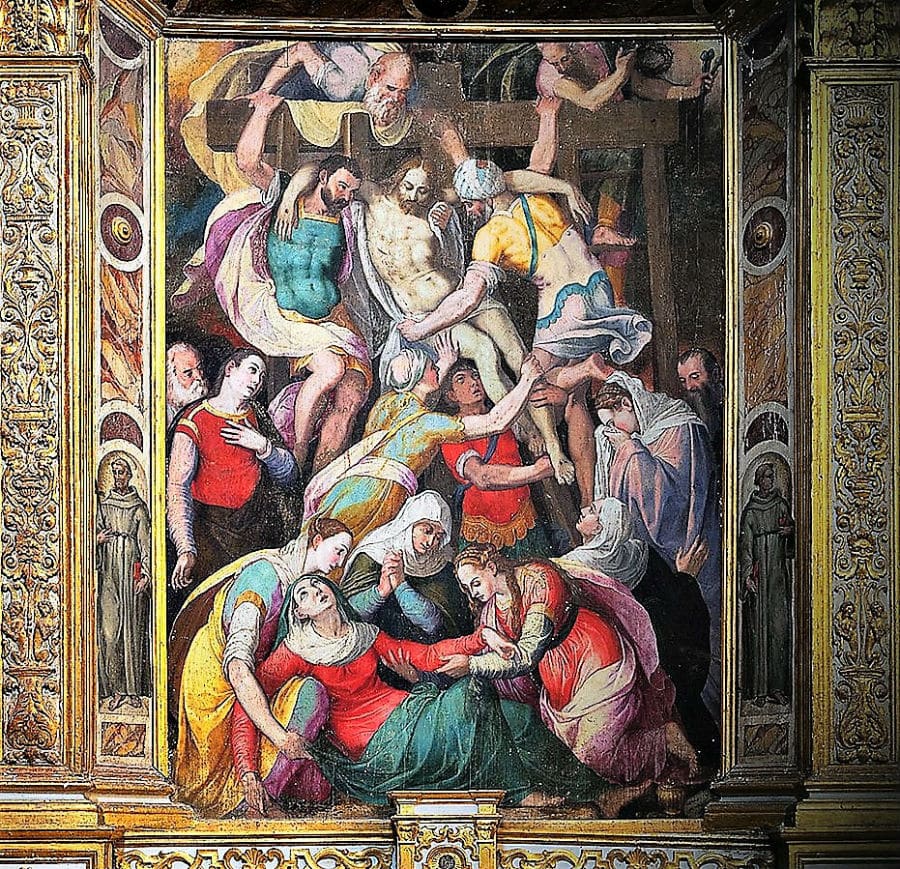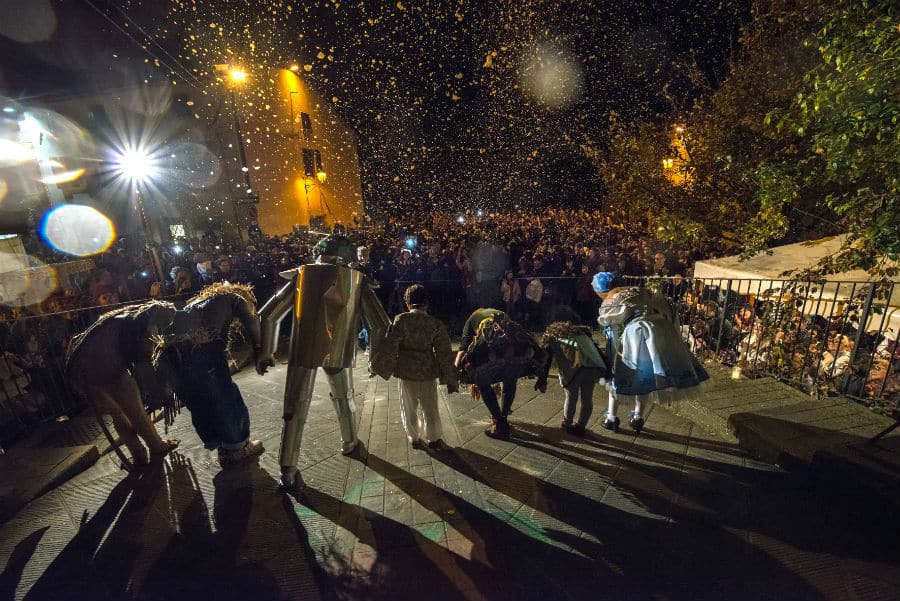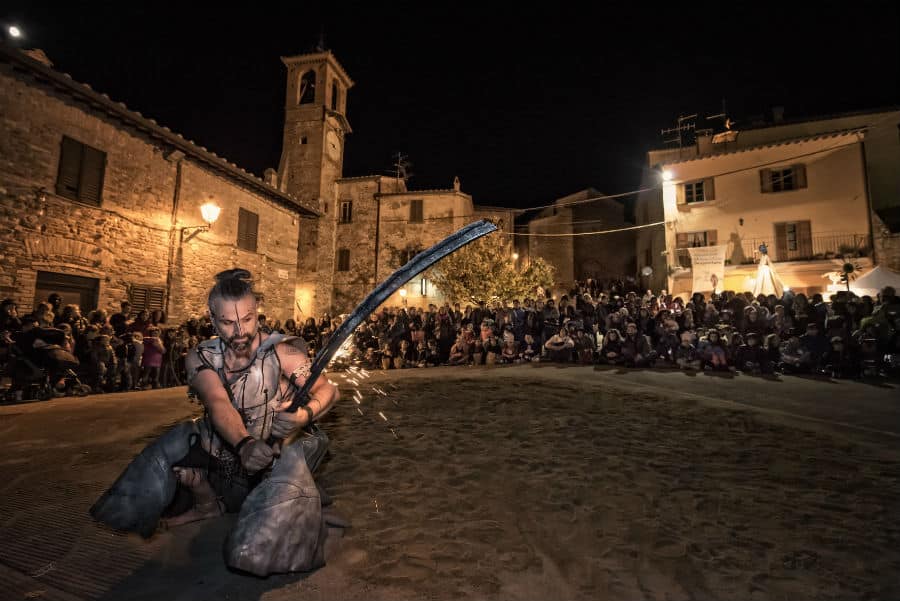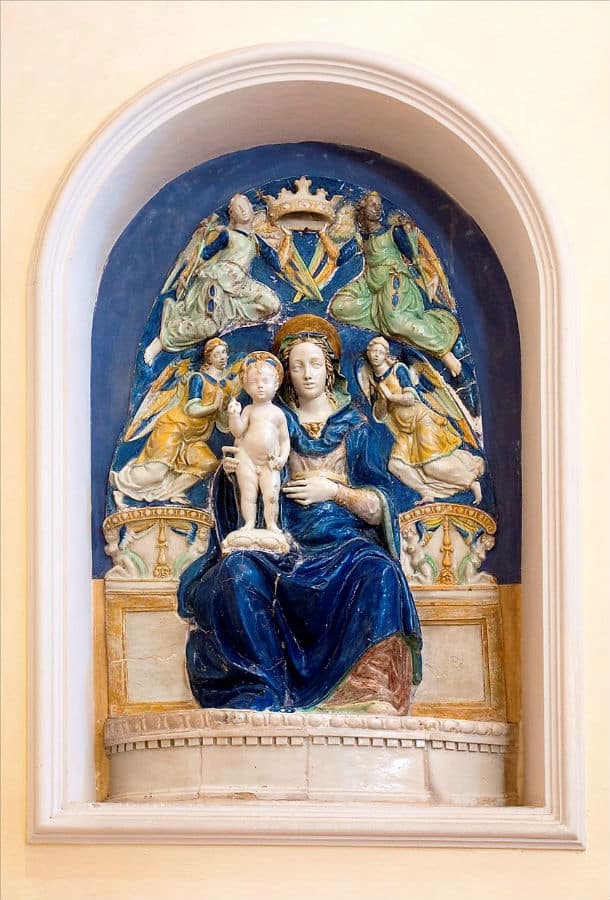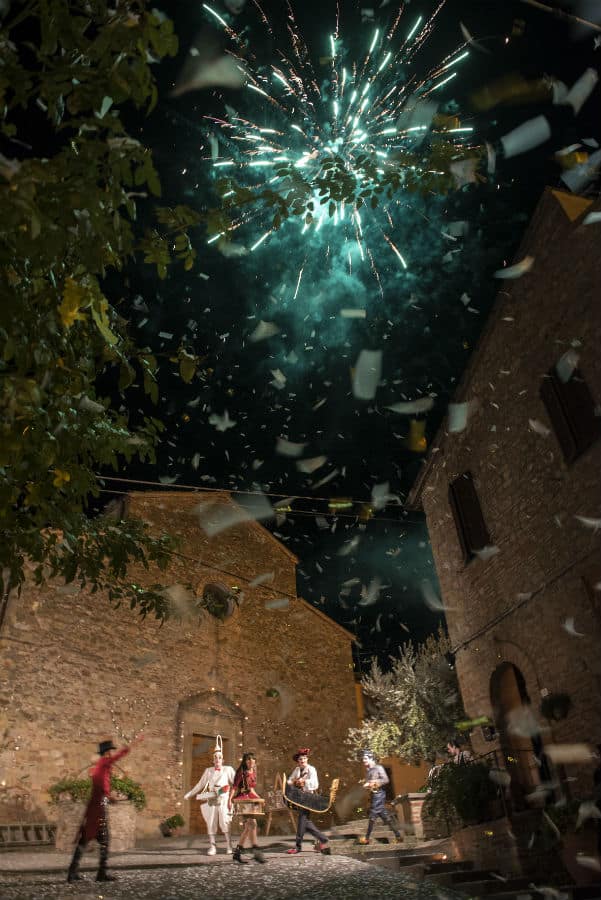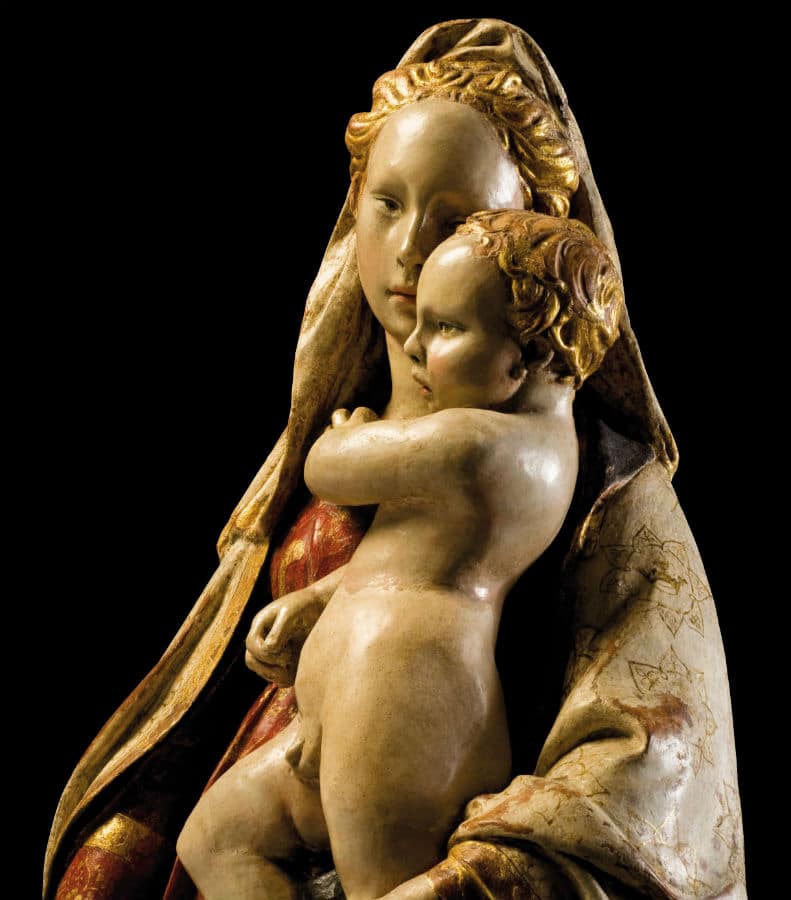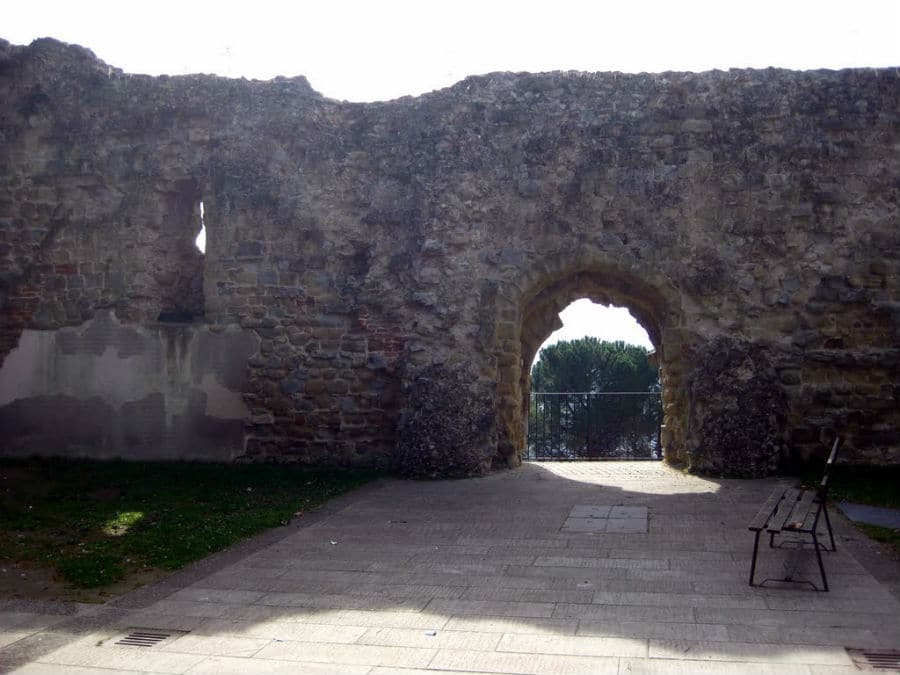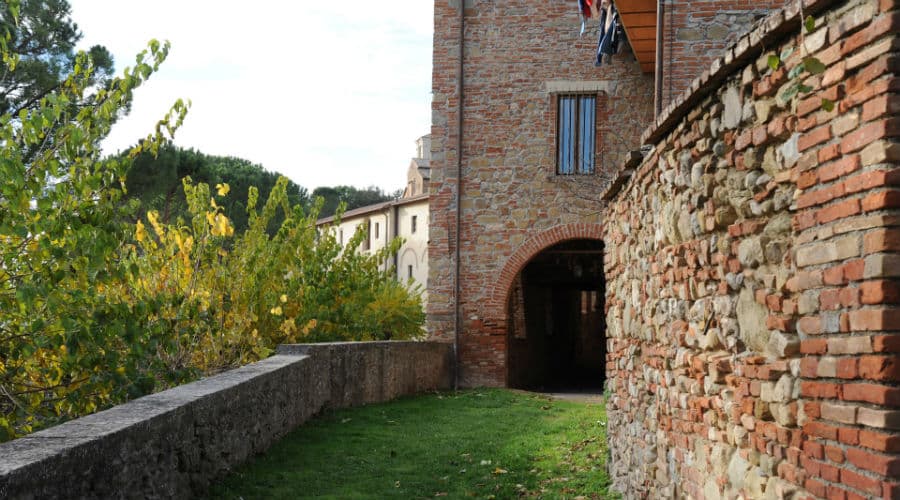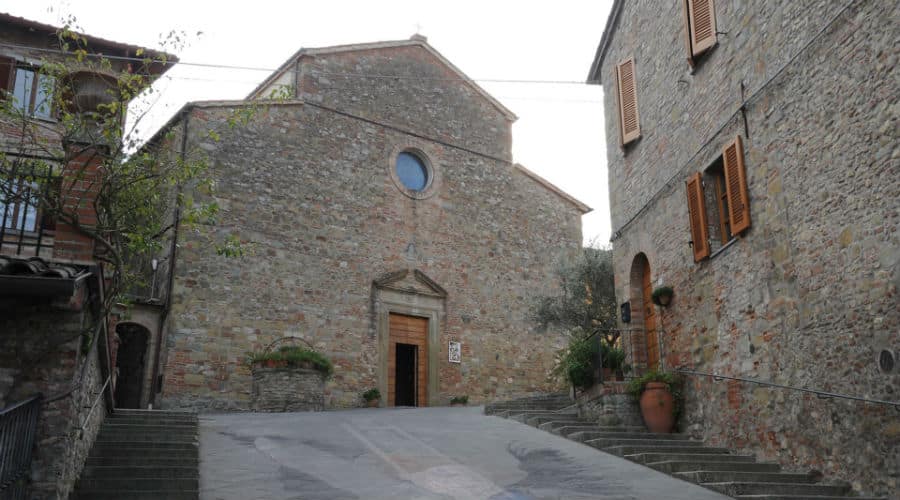Citerna was known in Roman times as Civitas Sobariae. Already existed in Roman times, Citerna was inhabited by the Etruscans: its location it denotes the characteristic of a small fortress with functions of sighting of military flows coming from the surrounding lands, Romagna, Marche and Tuscany, of which the High Tiber Valley constitutes the natural confluence. The small village represents a real terrace overlooking the valley: the western rampart and the round tower, which became the symbol of the country to complete the western side of the walls. The origin of the name seems to come from the cistern, in reality confused in transcription of notarial deeds ancient from Citerea, monte sacred to Venus, pagan goddess of love and beauty. For this the coat of arms of the town will become a well or "tank", but surmounted by the Morning Star, watch case just "Venus". Suffered repeated plundering during the barbarian invasions. In the Middle Ages it belonged to the Malatesta to be subsequently incorporated in the state of the Church (15th century). At the beginning of the XVI century the Pope granted to the vicariate Citerna calves that will govern until the end of the Seventeenth Century.
The 23-26 July 1849 gave refuge to Garibaldi and his column of approximately 2,000 volunteers left by about 4,000 emerged from Rome at the end of the siege and marching toward the Adriatic.
In the course of the second world war, suffered serious and irreparable damage to the work of the German army: the already famous rocca was almost completely razed to the ground.


